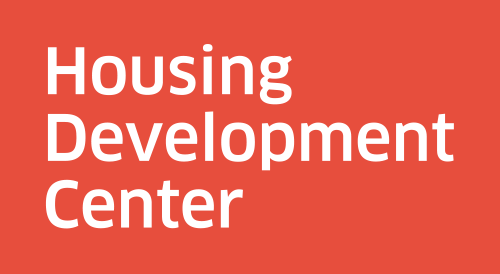Message From Traci: Oregon's housing authorities are indispensable and inspiring.
Housing authority development projects assisted by HDC, clockwise from top row, center: Linn-Benton Housing Authority’s Garden View Apartments; young resident of Salem Housing Authority’s Parkway Village; Housing Authority of Clackamas County’s Hillside Manor; Housing Authority of Yamhill County’s Deskins Commons; Salem Housing Authority’s Yaquina Hall and (top left) Robert Lindsey Tower.
They are the largest providers of affordable housing in Oregon.
They build and operate affordable homes in every corner of the state, from Malheur County to Clatsop County. They face unique challenges and make unique and indispensable contributions to communities statewide. Who are they?
They are Oregon’s 22 housing authorities—independent public agencies that provide affordable homes to more than 12,000 families, seniors, and people with disabilities across the state.
The stakes for their success are high. In many places, they are the only local provider of affordable housing. If we are going to increase the availability of housing in every community, we will need to rely on housing authorities to rise to the challenge.
At HDC, we are privileged to have opportunity to support their efforts. To date we’ve worked with exactly half of Oregon’s housing authorities as both a development project manager and asset management consultant. (We are fortunate, as well, to have several key staff members who learned their skills working for housing authorities.) We’re giving our housing authority partners some extra love and appreciation today, because they deserve it. They inspire us with their creativity, determination, and commitment to their missions.
HDC is excited to be working on our second affordable housing development with Linn-Benton Housing Authority (LBHA). Valor Place will provide 30 new affordable apartments for low-income veterans and other vulnerable residents of Albany. The development project will bring together many of the same team members who worked with us on LBHA’s Garden View Apartments in Lebanon.
When Sequoia Crossings opened to residents this year, it was the sixth affordable housing development project HDC worked on with Salem Housing Authority (SHA). Across all six projects, HDC and SHA have created and preserved 515 affordable homes together—from Yaquina Hall, winner of Novogradac’s 2024 Historic Rehabilitation Award for the Residential Development that Best Exemplifies Major Community Impact, to Parkway Village-Robert Lindsey Tower, one of Oregon’s first projects to use HUD’s Rental Assistance Demonstration (RAD) program to convert public housing rent subsidies to project-based Section 8 subsidies. Our seventh SHA development project, Englewood West/Southview Terrace is now underway.
We are currently partnering with Marion County Housing Authority to develop and preserve affordable homes in Mill City. We’re supporting the asset management needs of Mid-Columbia Housing Authority/Columbia Cascade Housing Corporation, Northwest Oregon Housing Authority, Housing Authority of Clackamas County, and SHA, too.
An important commonality shared by many of our housing authority partners is that they serve rural communities—often extremely large areas spanning multiple counties. We know from working with these agencies that developing and owning affordable housing in rural areas involves special challenges, compared to doing the same work in urban areas. The supply of local building contractors, architects, and technical consultants is limited. Ditto, property management firms and social service partners. Many housing authorities self-manage their properties, and they operate creative resident services programs to fill service gaps.
Despite these challenges, Oregon’s housing authorities find a way—many ways—to build and operate highly successful affordable housing properties that provide critical affordable homes to vulnerable Oregonians. Some give their residents an asset-building boost through IDA (independent development account) programs and homeownership programs, too. Many are active in local and statewide housing advocacy work.
We salute housing authorities’ great work and their indispensable contributions to their communities, urban and rural, which make up our great state.

